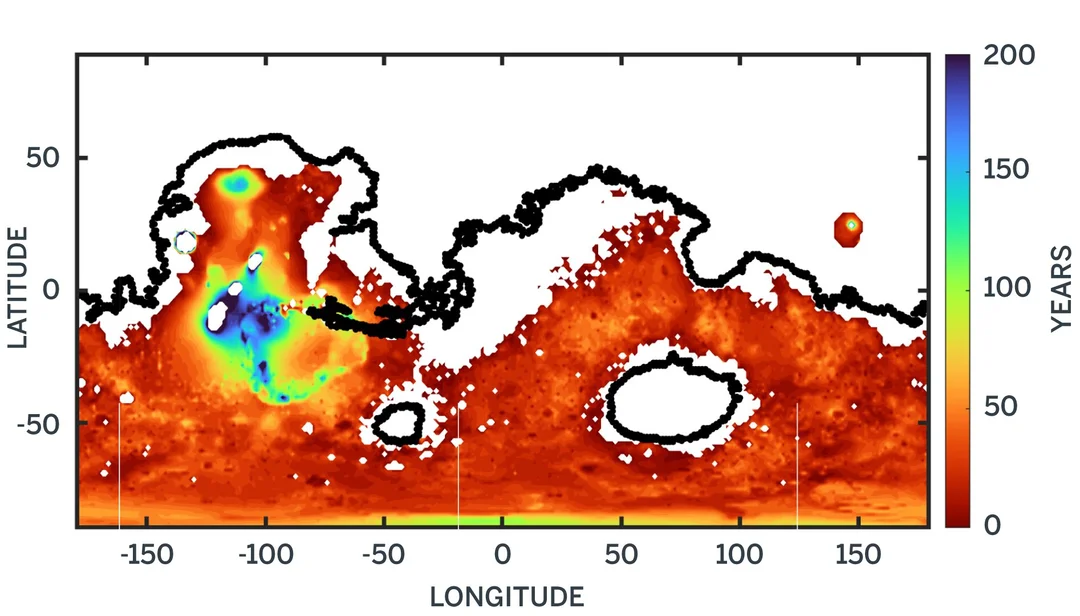
Lost and Found: Scientists Piece Together the Mystery of Martian Water
Billions of years ago, Mars wasn't the arid desert we know today. Rivers flowed, lakes shimmered, and oceans may have stretched across its surface. But where did all that water go? A series of recent discoveries are helping scientists unravel the complex story of Mars's watery past and offering clues about the planet's potential for past or present life. The search for Martian water is crucial to understanding the planet's history and habitability.

One key piece of the puzzle comes from graduate students at the University of Texas at Austin, who have modeled the Martian water cycle. They discovered that water percolating from the surface to the aquifer, about a mile underground, took between 50 and 200 years. This slow process meant that once water seeped into the ground, it was essentially "gone," not returning to the surface through evaporation and rainfall as it does on Earth. "The way I think about early Mars is that any surface water you had—any oceans or large standing lakes—was very ephemeral," said co-author Eric Hiatt.
Adding to the intrigue, an international team of scientists has uncovered seismic evidence suggesting a massive ocean of liquid water may still exist deep beneath Mars's surface. Analyzing seismic data from NASA's InSight mission, they identified a zone 5.4 to 8 kilometers deep where seismic waves slowed down significantly, indicating the presence of liquid water. This discovery could have profound implications for our understanding of Mars' habitability.
Meanwhile, NASA’s Hubble Space Telescope and the Mars Atmosphere and Volatile Evolution (MAVEN) mission are tracking how Mars has slowly lost its water over billions of years. Researcher John Clarke from Boston University's Center for Space Physics is leading the charge. His team's work focuses on two possible outcomes for Mars' missing water. “Some of it likely froze into the ground,” Clarke says. “The rest may have broken apart into hydrogen and oxygen, with the light hydrogen atoms escaping into space.” By watching atoms vanish into space, the researchers are building a clearer picture of Mars’ past.
Sunlight breaks apart water molecules releasing two types of hydrogen: regular hydrogen and a heavier isotope called deuterium. Measuring this ratio allows scientists to estimate how much water was once present on the Red Planet. Data from both missions allowed them to construct a complete annual cycle of hydrogen and deuterium escape rates for three Martian years, a crucial step toward understanding the history of water in our solar system and beyond.
These findings paint a complex picture of water on Mars, with evidence suggesting that the red planet once had a thriving surface water system. While much of that water has been lost to space, some may still exist as ice and even liquid water beneath the surface. These discoveries not only help us understand Mars's past but also offer hope for future explorers looking for buried water resources to sustain a settlement.
What do you think about these discoveries? Do you believe that life could have existed on Mars? Let us know your thoughts in the comments below!